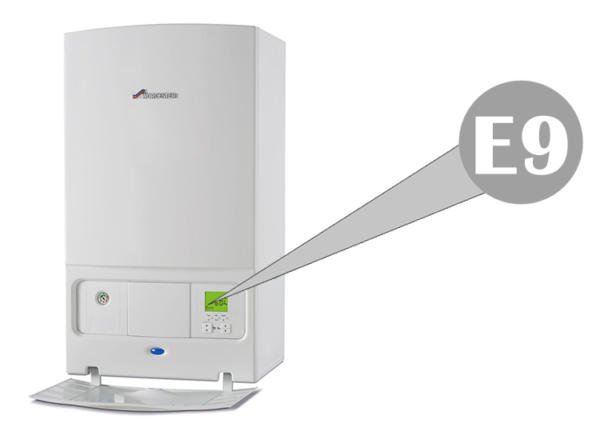
In the realm of central heating and boiler systems, Worcester Bosch stands as one of the most reputable names. The brand’s boiler systems are known for their high-quality design, efficiency, and longevity. However, like any mechanical system, they are not immune to issues. One such common problem is the E9 fault. Here, we delve into understanding and addressing the Worcester boiler E9 fault, aiming to equip users with a better understanding of their system’s health and functionality.
The E9 Fault Code
The Worcester boiler E9 fault code is a common issue that many homeowners and boiler engineers encounter. The E9 fault is essentially an indication of a boiler overheating. Overheating is often the result of an abnormality or failure within the system’s components that disrupts the boiler’s capability to regulate its temperature effectively.
Causes of the E9 Fault
Several factors might contribute to the E9 fault occurrence in a Worcester boiler. Some of the most common reasons include:
- Faulty Thermistors: A thermistor is a sensor within the boiler that monitors and regulates the temperature of the water and the boiler itself. If this component is faulty, it could lead to an overestimation or underestimation of the boiler temperature, resulting in an E9 fault code.
- Blocked Heat Exchanger: The heat exchanger plays a vital role in a boiler, transferring heat from the burning gas to the boiler’s water supply. If it becomes blocked or clogged, this can lead to overheating and the E9 fault code.
- Pump Failure: The pump is another key component of a boiler. Its role is to circulate heated water around the central heating system. If it fails, the water may overheat within the boiler, leading to an E9 fault.
- Lack of Proper Maintenance: Regular servicing and maintenance of a boiler are essential for its longevity and smooth operation. Without it, the risk of encountering problems like the E9 fault is greatly amplified.
Addressing the E9 Fault
Once a Worcester boiler presents the E9 fault code, it is essential to act promptly to avoid further damage and potential risks. While it’s often necessary to enlist a Gas Safe registered engineer’s help, knowing the steps they might take can be beneficial. Here’s how they would typically handle the situation:
- Initial Assessment: The first step in resolving the E9 fault is a thorough assessment of the boiler. The engineer will visually inspect the system and check for any apparent abnormalities such as leaks or blockages.
- Diagnostic Testing: Following the visual inspection, the engineer will carry out several diagnostic tests to identify the root cause of the E9 fault. This can involve checking the pump, thermistors, and heat exchanger for functionality.
- Repair or Replacement: Depending on the fault’s cause, the engineer might repair the problematic component or replace it entirely.
Prevention of the E9 Fault
Preventive measures are crucial to avoid encountering the E9 fault in the future. These include regular servicing of the boiler by a Gas Safe registered engineer and prompt attention to any unusual boiler behavior.
In conclusion, the E9 fault in a Worcester boiler is a common but serious issue that points to the boiler’s overheating. Knowing what it entails and how to address it can go a long way in maintaining the system’s integrity and performance. It’s always recommended to seek professional help when dealing with such faults, as mishandling could lead to more significant issues, including system failure or safety hazards.